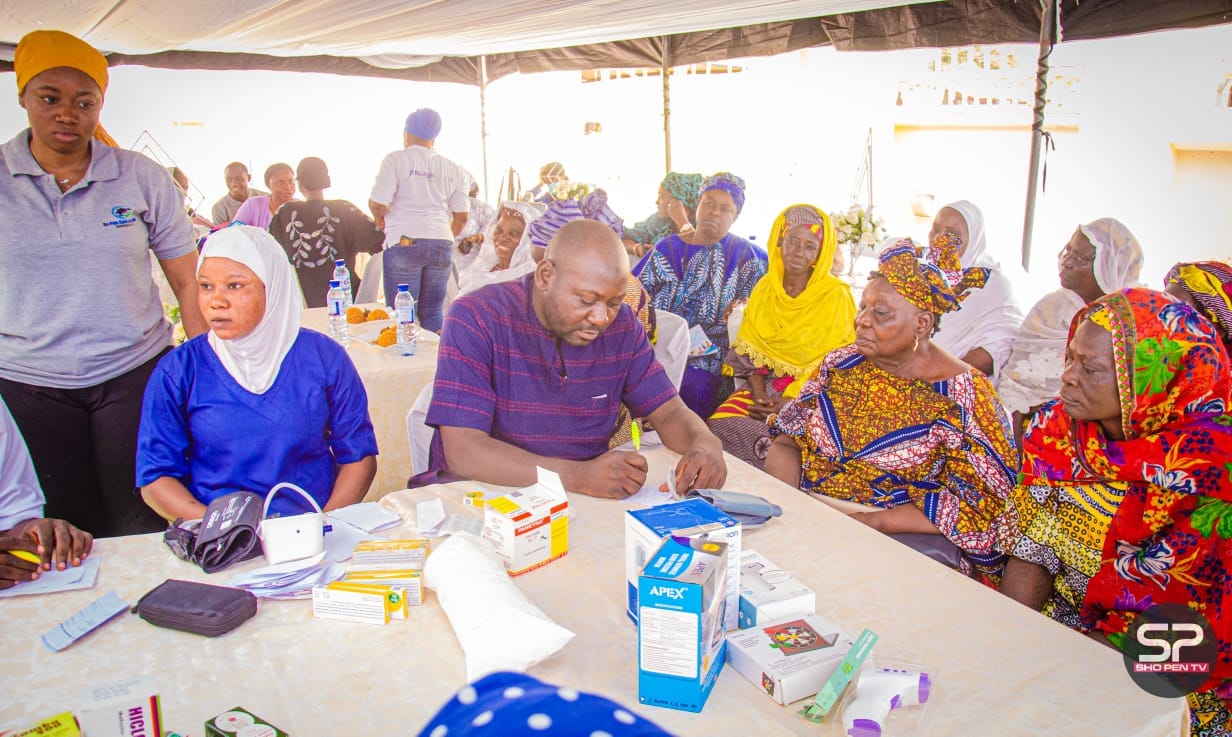De Pals Care Foundation
Donate NowEssential Tips For Safe Home Care
About 77% of adults want to stay in their homes as they age, according to a study.
To prevent injuries, reduce fall risks, and maximize independence for a loved one aging at home, it’s important for families and the aged to incorporate home safety tips and follow a home safety checklist. These steps, sometimes combined with safe home care services, can help seniors age in place longer.
Quite a number of steps can be taken in each room of a house to make a living space safer for seniors
Falls are the leading cause of fatal and nonfatal injuries in seniors 65 and above, according to America Centers for Disease Control and Prevention.
With aging skin and decreased bone density, seniors often have difficulty recovering from falls physically, and the financial impact of medically supported recovery can be significant. In fact, each prevented fall saves an average of #5,000,000 in hospital and rehabilitation costs.
Follow these home safety tips to reduce fall risk and keep the elderly safe in their own homes:
- Remove trip hazards: such as area rugs, electrical cords, low tables, and ottomans are all risks. If there’s a pet or child in the home, be sure to keep toys picked up. Install nonslip flooring, and cover all cords and wires.
- Install bathroom grab bars. Most in-home falls occur in the bathroom. Falls are "preventable epidemic” and began a “Grab Bars are the New Seatbelts” campaign. Grab bars can be purchased at stores where building materials are sold and can be installed by handy do-it-yourselfers, plumbers, or home safety specialists.
- Provide easy seating. Make the home aged friendly by adding accessible seating, like a bench near the front door for putting on shoes. Kitchen and shower stools make it easier for seniors to perform daily activities, like cooking and bathing independently.
- Check thresholds. “Making thresholds easier to cross is one of the first things you should do to help keep seniors.
- Raised flooring between rooms can be a significant trip hazard. Ask a safety expert about flattening thresholds or adding indoor ramps or handrails.
Don’t forget outdoor spaces. Check the driveway for cracks regularly, and be sure there’s a clear path to the mailbox. Remove trip hazards like rocks and roots from the compound.
Key Notes
Falls are the leading cause of fatal and nonfatal injuries in seniors 65 and older. To reduce your loved one’s risk of falling you need to do the following;
- Remove all trip hazards
- Installing grab bars
- follow home safety checklist given by Home safety inspector.
Technology can help promote home safety for seniors. Consider incorporating wearable medical alert devices, smart home services, and telehealth services into your loved one’s lifestyle.
Being proactive is key to keeping your loved one’s home safe. A great way to be proactive is to schedule a thorough home safety inspection to check for things like fire hazards, fall hazards, and working alarms.
Any house can be adapted to accommodate a safe home for your loved one. For example, electrical outlets can be moved to a more accessible location, chair lifts can replace long staircases in story buildings, and ramps can replace exterior steps.
Most importantly, ensure your aged loved ones are not always left alone. Engage the service of professional Care Giver to manage their home, medication assistance and nutrition assistance.
Thank you!
Written by Asmau Yusuf (CEO & Co- founder "De - Pals Care Foundation).



Our Core Values
- * Passion for Clients
- * Excellence
- * Trust
- * Team work
- * Ethics
- * Continuous Learning.
Our Vision
To create a better everyday life for Elderly people.
Our Mission
To go beyond the ordinary in caring for the elderly people and help them to achieve excellence even in old age.